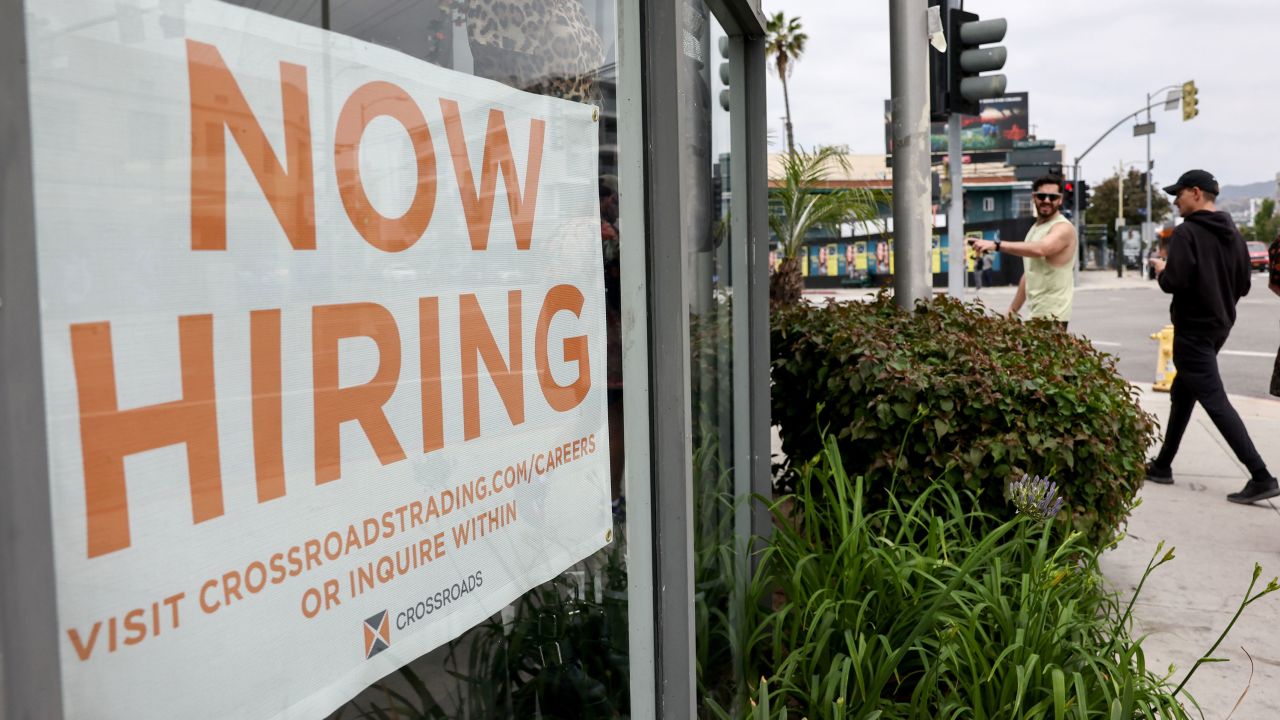The number of available jobs in the United States shrank for the third consecutive month, dropping below 9 million for the first time since early 2021, according to the latest data released Tuesday by the Bureau of Labor Statistics.
 In addition, a smaller number of workers quit their jobs, businesses hired fewer workers and layoffs nudged higher as the US job market settles into a calmer, more balanced state.
In addition, a smaller number of workers quit their jobs, businesses hired fewer workers and layoffs nudged higher as the US job market settles into a calmer, more balanced state.
Job openings fell to a seasonally adjusted 8.827 million in July, from 9.165 million in June, according to the BLS’ Job Openings and Labor Turnover Survey report. It’s the lowest number of total openings since March 2021, and there are now 1.5 available jobs for every unemployed person.
That’s good news for the Federal Reserve, which has been hoping for more slack in the labor market in its battle to bring down inflation. An imbalance between worker demand and supply could cause wages to rise and, ultimately, add upward pressure on inflation. The central bank has tried to tame higher prices by ratcheting up interest rates in efforts to throw cold water on demand.
“This is where we wanted to go; we’ve got job openings heading downward, but in a calm, cool and collected manner,” Rachel Sederberg, senior economist with labor market research and analytics firm Lightcast, told CNN.
Economists expected openings would drop to 9.465 million, according to Refinitiv consensus estimates.
No widespread layoffs
Openings decreased across most major industries, but picked up in areas such as information and transportation, warehousing and utilities.
The July JOLTS data showed that the number of new hires dropped to 5.773 million from 5.94 million, quits landed near pre-pandemic totals by falling to 3.549 million from 3.802 million, and layoffs inched up to 1.555 million from 1.551 million.
Layoffs essentially remaining unchanged shows that there was little contagion from all those large job cuts in technology and media late last year and into the early part of this year, Sederberg said.
“The fear of tech and media layoffs continuing is not necessary anymore,” she said. “And even in those groups, amongst tech especially, we’re seeing rehiring after companies adjusted to what their normal is now after the pandemic.”
A new normal
However, it still remains a workers’ labor market: Layoffs and discharges are 17% below what they were before the pandemic, the “labor leverage ratio” of quits versus discharges is 29% higher, and there are 3 million more openings than there are unemployed workers, said Julia Pollak, chief economist with online job site ZipRecruiter, in a statement.
“Both declines [in openings and quits] point to cooling labor market conditions, which will come as a relief to many employers, but bring back many of the old challenges that have characterized job search for decades,” she said.
